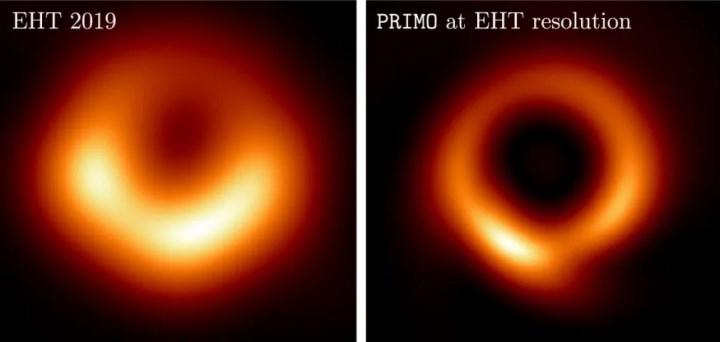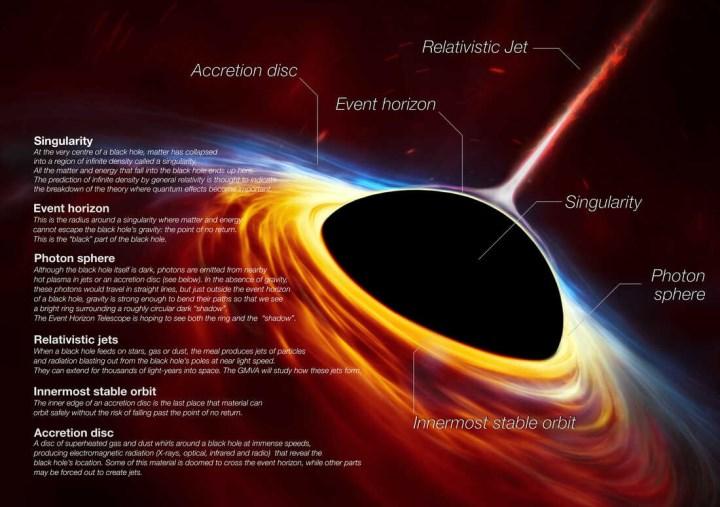 The first black hole photo, taken with the Event Horizon Telescope and published in 2019, is now clearer. The photograph, which has been clarified with machine learning models, offers a clearer view of black holes, one of the most mysterious structures of the universe. Here is a new image of the black hole at the center of the Messier 87 galaxy, 53 million light-years away.
The first black hole photo, taken with the Event Horizon Telescope and published in 2019, is now clearer. The photograph, which has been clarified with machine learning models, offers a clearer view of black holes, one of the most mysterious structures of the universe. Here is a new image of the black hole at the center of the Messier 87 galaxy, 53 million light-years away.Clarified with PRIMO model
The images, known as the world’s first black hole photo, were taken with the Event Horizon Telescope in 2017 and were shown to the public in 2019. The rather blurry image was made clearer with a machine learning model called PRIMO. PRIMO is described as a new dictionary-learning-based algorithm that learns to “recover high-fidelity images even in the presence of sparse coverage” by training with generated simulations of more than 30,000 black holes. In other words, PRIMO has made the photos taken in 2017 clearer using known physics laws and machine learning models.
What do black holes mean?
 Black holes are mysterious and strange regions of space where gravity is so strong that nothing can escape. They are formed when dying stars collapse on themselves under gravity. As a result, the collapse compresses the mass of the star into a tiny space. The boundary between the black hole and the mass surrounding it is called the event horizon, a point of no return from which anything passing through this boundary can return.
Black holes are mysterious and strange regions of space where gravity is so strong that nothing can escape. They are formed when dying stars collapse on themselves under gravity. As a result, the collapse compresses the mass of the star into a tiny space. The boundary between the black hole and the mass surrounding it is called the event horizon, a point of no return from which anything passing through this boundary can return.The researchers say the new image is consistent with Albert Einstein’s predictions. However, they expect further research in machine learning and telescope hardware to lead to additional revisions. “In 20 years, the image may not be the image I show you today,” said Lia Medeiros, an astrophysicist at the Institute for Advanced Study and author of the original paper. “It could be even better.”